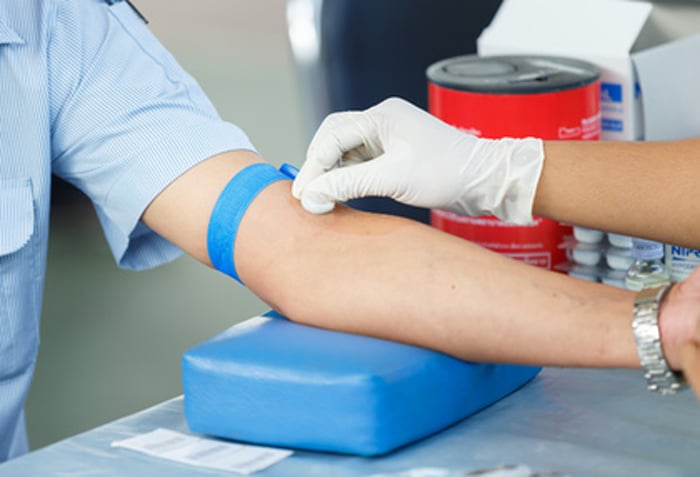**Title: Become a Certified Phlebotomist: Your Complete Guide to Training and Certification**
**Introduction**
Are you interested in pursuing a career in healthcare that involves drawing blood for testing and transfusions? If so, becoming a certified phlebotomist could be the perfect path for you. This comprehensive guide will walk you through everything you need to know about training and certification to become a successful phlebotomist.
**What is a Phlebotomist?**
A phlebotomist is a healthcare professional responsible for drawing blood from patients for various purposes, such as diagnostic testing, blood donations, and research. Phlebotomists play a crucial role in the medical field by ensuring that blood samples are collected safely and accurately for laboratory analysis.
**Why Become a Certified Phlebotomist?**
Obtaining certification as a phlebotomist demonstrates your commitment to excellence and professionalism in the field. Certification can enhance your job prospects, increase your earning potential, and provide you with valuable skills and knowledge that will benefit both you and your patients.
**Training Requirements**
To become a certified phlebotomist, you must complete a phlebotomy training program. These programs are typically offered by technical schools, community colleges, and vocational schools. Training programs typically cover topics such as anatomy and physiology, medical terminology, specimen collection techniques, infection control, and safety protocols.
**Certification Process**
After completing your phlebotomy training program, you will need to pass a certification exam to become a certified phlebotomist. The most widely recognized certifying bodies for phlebotomists include the National Healthcareer Association (NHA), the American Society for Clinical Pathology (ASCP), and the American Medical Technologists (AMT). Each certifying body has its own eligibility requirements and exam format, so be sure to research the specific requirements for the certification program you choose.
**Benefits of Certification**
Obtaining certification as a phlebotomist offers a wide range of benefits, including:
– Increased job opportunities
– Higher earning potential
– Enhanced professional credibility
– Expanded knowledge and skills
– Opportunities for career advancement
**Practical Tips for Success**
Here are some practical tips to help you succeed in your journey to becoming a certified phlebotomist:
– Practice drawing blood on a variety of different individuals to improve your skills.
– Stay up-to-date on the latest techniques and technologies in phlebotomy.
- Develop strong communication and interpersonal skills to build rapport with patients.
– Seek out opportunities for continuing education and professional development.
**Conclusion**
Becoming a certified phlebotomist can open up a world of opportunities in the healthcare field. By completing a phlebotomy training program and obtaining certification, you can embark on a rewarding career that allows you to make a difference in the lives of others. Start your journey to becoming a certified phlebotomist today and take the first step towards a successful and fulfilling career in healthcare.
